How often do you see potential customers visiting your website and leaving without taking any action? If many site visitors interact with your website but exit without converting, that’s a problem.
Social media retargeting can help you engage with prospects who have shown interest in your products or services and win them back.
Article Shortcuts:
- Focus on Specific Audiences
- Run A/B Testing
- Utilize the Customer Data From Your CRM
- Use Cross-Platform Retargeting
- Add Social Proof in Your Regargeting Ads and Posts
It involves serving tailored social media ads to a targeted audience that has visited your website. This helps re-engage them and encourages them to buy from you.
In this blog, I will list 5 effective social media retargeting strategies you can implement to increase sales.
5 Effective Social Media Retargeting Strategies to Increase Sales
Social media retargeting involves using social media platforms to display tailored content to audiences that have already interacted with your website.
The goal is to make them return to your website and take a certain action, such as buying a product. Here is a basic overview of how the process works.
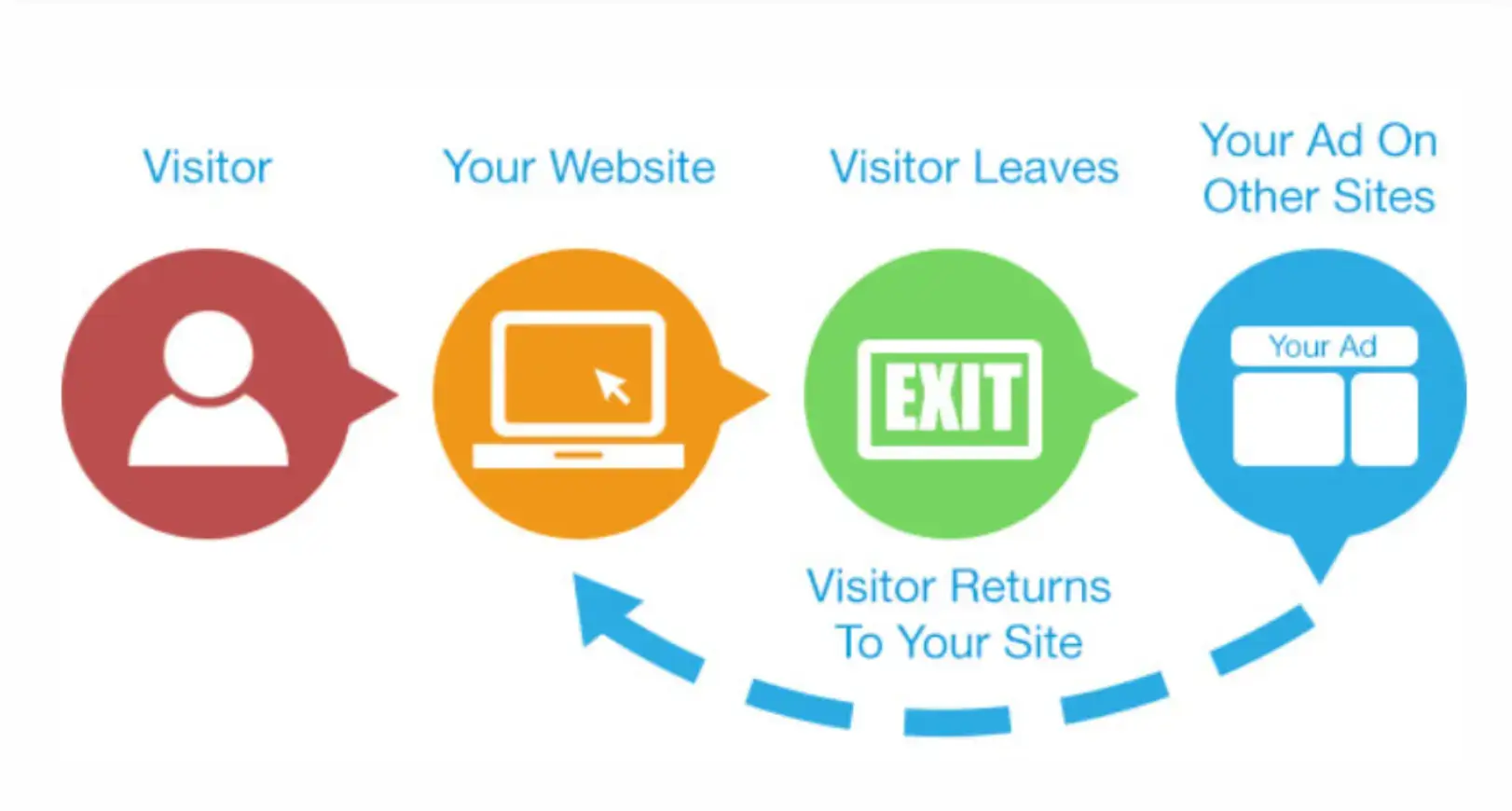
However, you require effective social media retargeting strategies for the best results.
Here are some effective retargeting tactics you can implement.
1. Focus on Specific Audiences
Your social media retargeting strategy becomes more effective if you target specific audience groups instead of all website visitors. You can classify these users based on interests and behaviors, such as:
- Specific website pages they have visited
- Number of pages they visit
- Status of their shopping cart
- Their activities on social media
These insights can help you create refined retargeting messages and strategies based on where the prospects are in the sales funnel.
Some other site visitors you can target with social media retargeting ads include:
- Users who abandon their carts during checkout
- Past customers with an existing purchasing history
- Site users seeking deals, such as discounts
After identifying your specific audiences, consider using plugins like the POWR Popup to display targeted messages that align with each audience group. This helps improve conversion rates and user engagement.
2. Run A/B Testing
Retargeting on social media is not a set-it-and-forget-it practice.
It requires adjusting your social media strategy until you determine what works for your business and target audience.
A/B testing on social media helps optimize content and ad campaigns for maximum conversion and engagement.
It involves experimenting with different versions of your content, with changes to a single variable. These versions are then shown to audiences of similar size and observed for a specific duration to determine which performs better.
For example, you can create two video ad variations to boost audience engagement. Metrics like view duration, click-through rates, and comments can help determine which video resonates the best with your audience.
Here is an illustration of how A/B testing works.
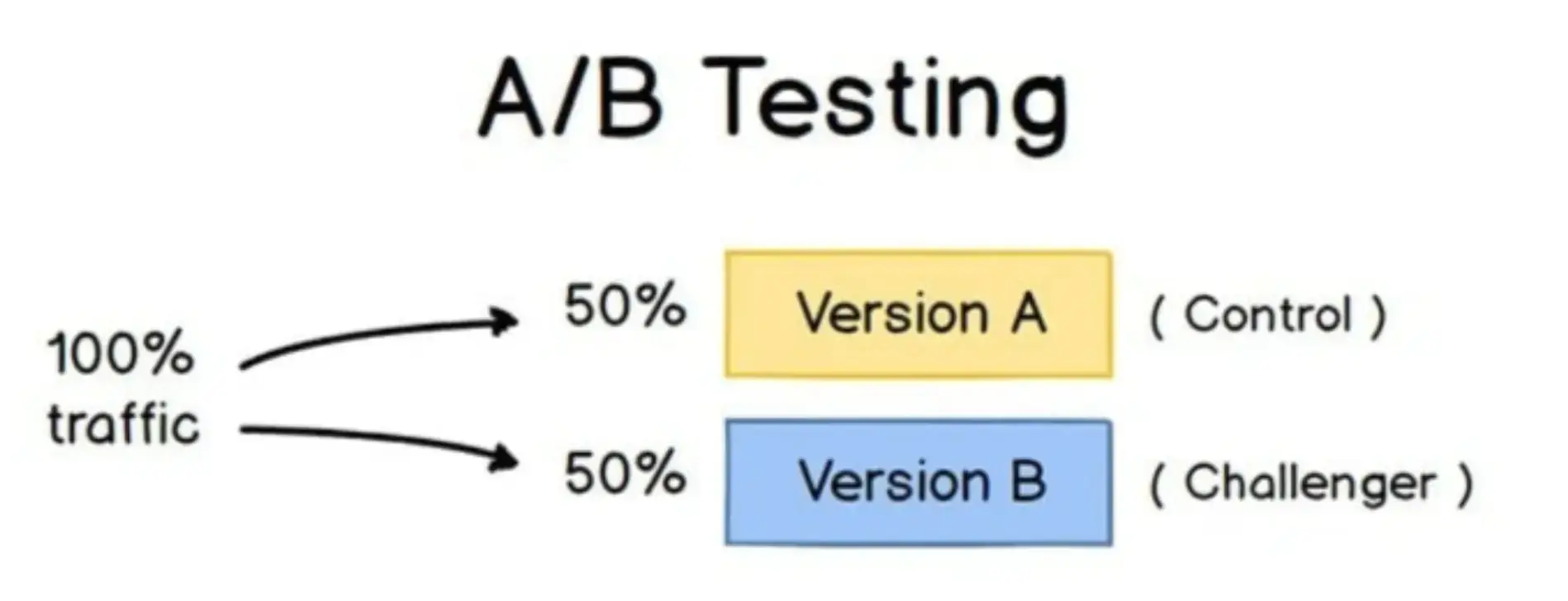
The insights gained from these experiments are then incorporated into retargeting campaigns to maximize their effectiveness and ensure continuous improvement.
To run A/B testing for a social media retargeting campaign, you will need:
- A campaign to test: A social media ad campaign is typically used.
- Specific goals: What do you want to achieve with this campaign? Defining your goals helps determine which metrics to track, e.g., purchases, signups, or clicks.
- The elements you intend to test: These are the different components of your campaign you can change to prompt customers to take desired actions. Some examples of elements you can test include:
-
- Headlines
- Ad copy
- Calls to action (CTAs)
- Destination URLs
- Images and videos
3. Utilize the Customer Data From Your CRM
Your customer relationship management (CRM) system stores massive customer data.
This data lets you understand your customers' preferences, purchase history, or behaviors. You can integrate these insights into your retargeting campaigns to provide personalized experiences.
There are various ways you can use CRM data to retarget your customers on social media, including:
- Creating lookalike audiences: You can use CRM data to create audience segments based on their shared interests and behaviors. For example, user data such as age, gender, location, interests, and engagement can help you create lookalike audiences for Facebook retargeting. This helps run personalized retargeting campaigns on social media with a higher likelihood of conversion.
- Cross-selling and upselling: CRM data enables you to identify customer trends, such as product preferences, purchasing patterns, and buying behavior. You can utilize these insights to identify and recommend product combinations to your target audiences.
- Behavioral retargeting: CRM data includes information on customer interactions and engagement with your brand. This information can help you identify behavioral triggers that influence certain actions, which can help refine your social media retargeting strategies.
Wondering if CRM data can help you maximize sales?
A HubSpot report shows that 86% of marketers find CRM effective in increasing sales and improving marketing alignment. 76% found it effective in improving the overall marketing strategy and aligning marketing and sales teams.
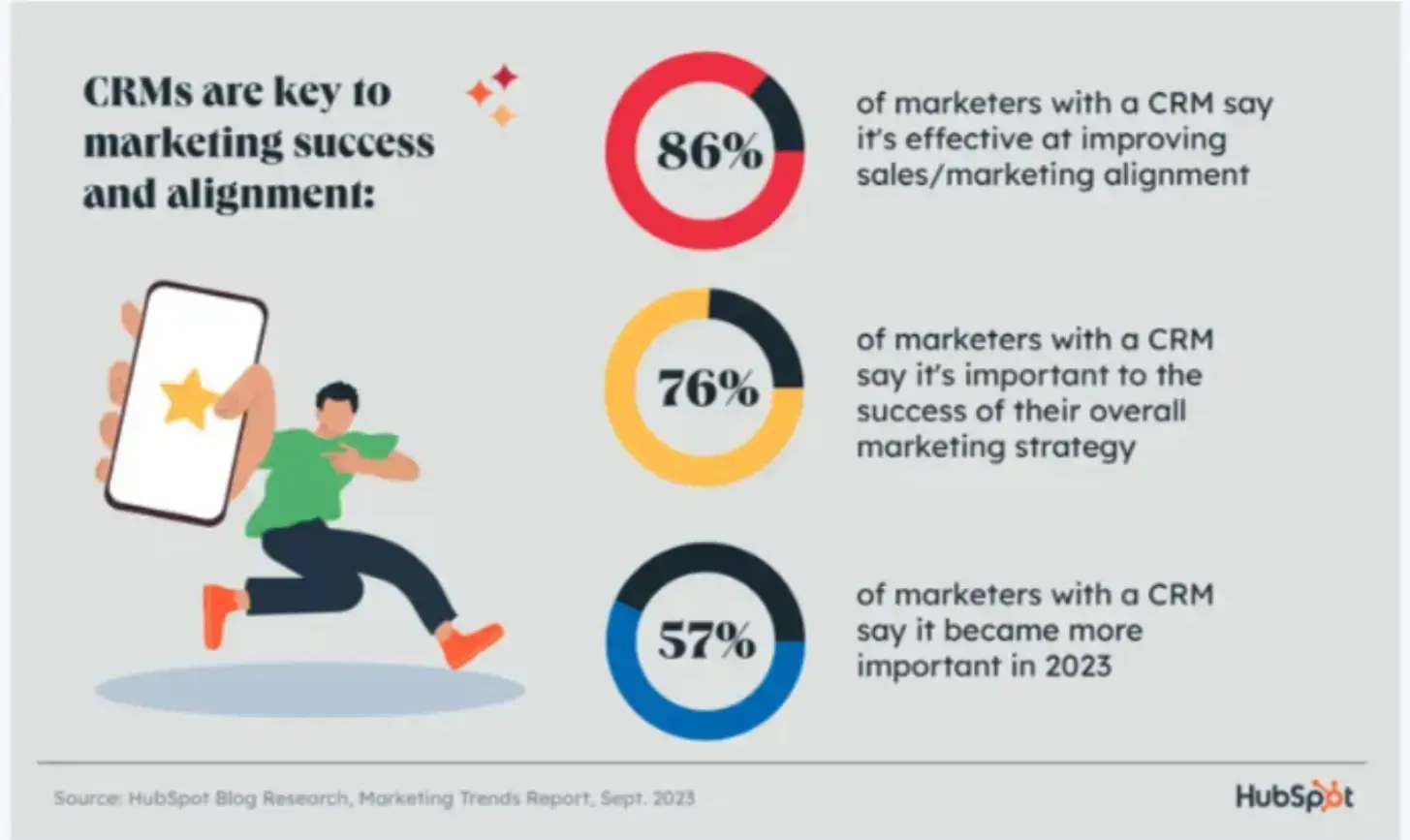
4. Use Cross-Platform Retargeting
Customers often use multiple platforms to interact with your brand.
On average, people use about 6.7 different social media platforms every month. Your social media retargeting strategy should target customers across multiple platforms.
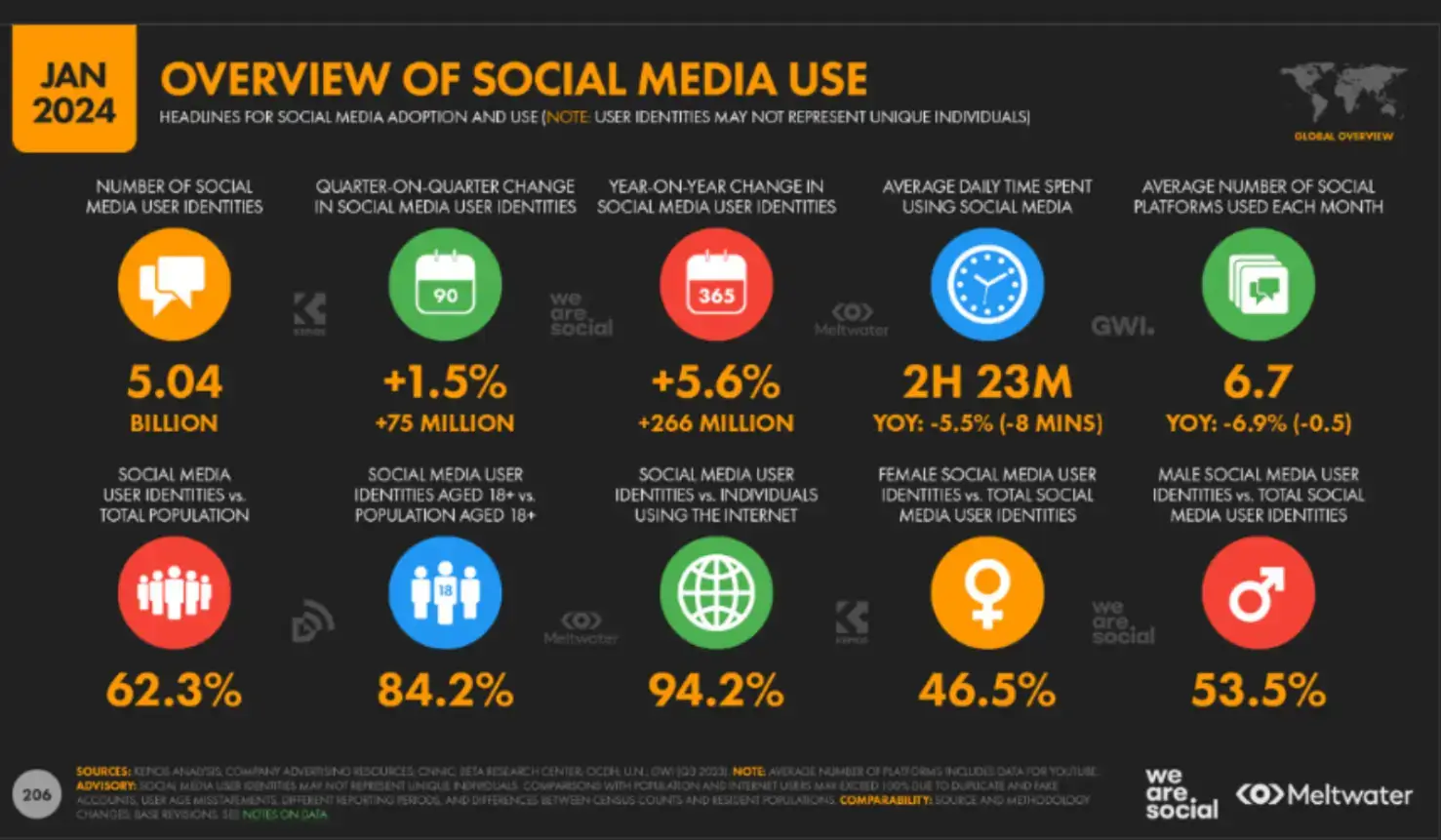
This cross-platform retargeting helps you reach as many people as possible across social media platforms, increasing sales. Here is how you can get started with cross-platform retargeting:
- Segment your audience to increase chances of conversion
- Select and focus on social media platforms where your target customer segments are most active
- Ensure that the messaging is consistent across all platforms
- Use tracking pixels and data analytics tools to monitor your social media retargeting campaign’s performance
- Conduct A/B testing to determine the best-performing platforms, messaging, and ad creatives
5. Add Social Proof in Your Retargeting Ads and Posts
Using social proof in social media retargeting can improve your business' credibility and build trust. Social proof leverages the human desire to seek validation and conform.
According to Attrock expert guide on social media, product review videos can increase your brand's credibility by highlighting another person's opinion of your products.
You can also use the following to provide social proof:
- Clients' testimonials
- Positive reviews and ratings
- Endorsements
These can create interest in your offers and drive more conversions.
A report found that 9 in 10 customers use reviews and ratings to make purchasing decisions. In addition, 77% visit websites to check reviews and ratings, while 74% use them to learn about products they've never bought.
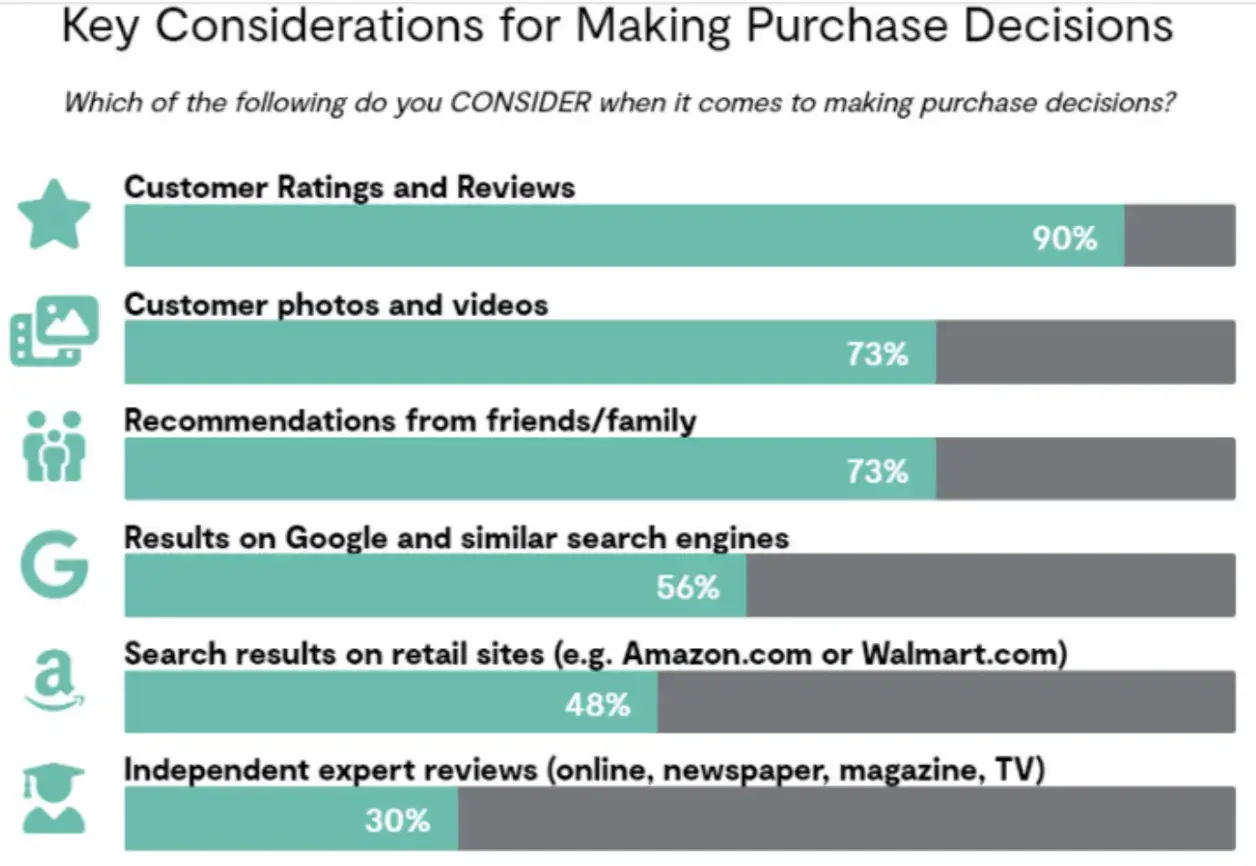
There are various ways you can integrate social proof in your retargeting content:
- Feature personalized testimonials from customers who have used your products or services
- Show your social media engagement metrics, such as likes and shares, to demonstrate your brand's social validation
- Collaborate with industry experts, influencers, and celebrities for endorsements
- Share authentic stories and experiences from satisfied customers that illustrate the benefits and value of your products or services
Providing social proof is one of the best social media retargeting strategies to drive conversions and maximize sales.
Final Thoughts
Each of the social media retargeting strategies explained in this guide provides an opportunity for businesses to maximize their sales potential.
Implementing them can help re-engage customers already interested in your offers, build trust, and guide them through the sales funnel.
The key is understanding your audience, testing and refining strategies, and continuously optimizing campaigns for maximum impact.
Author Bio
Gaurav Sharma is the founder and CEO of Attrock, a results-driven digital marketing company. Grew an agency from 5-figure to 7-figure revenue in just two years | 10X leads | 2.8X conversions | 300K organic monthly traffic. He also contributes to top publications like HuffPost, Adweek, Business 2 Community, TechCrunch, and more.

Social Accounts: Twitter, LinkedIn, Pinterest, Instagram, YouTube & Facebook


